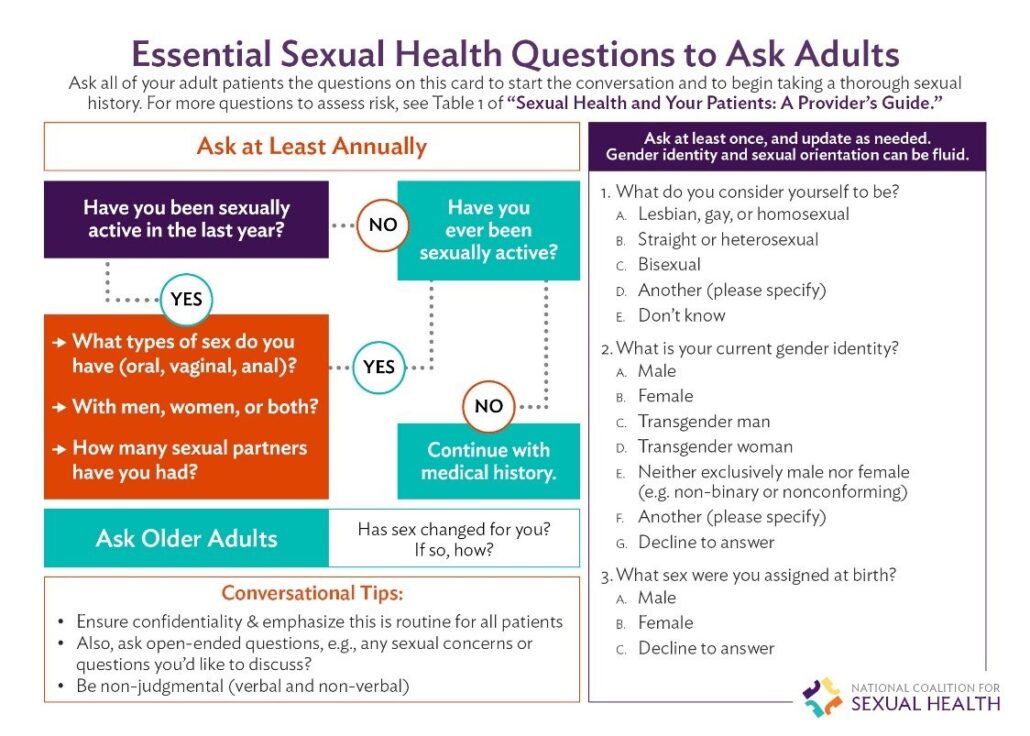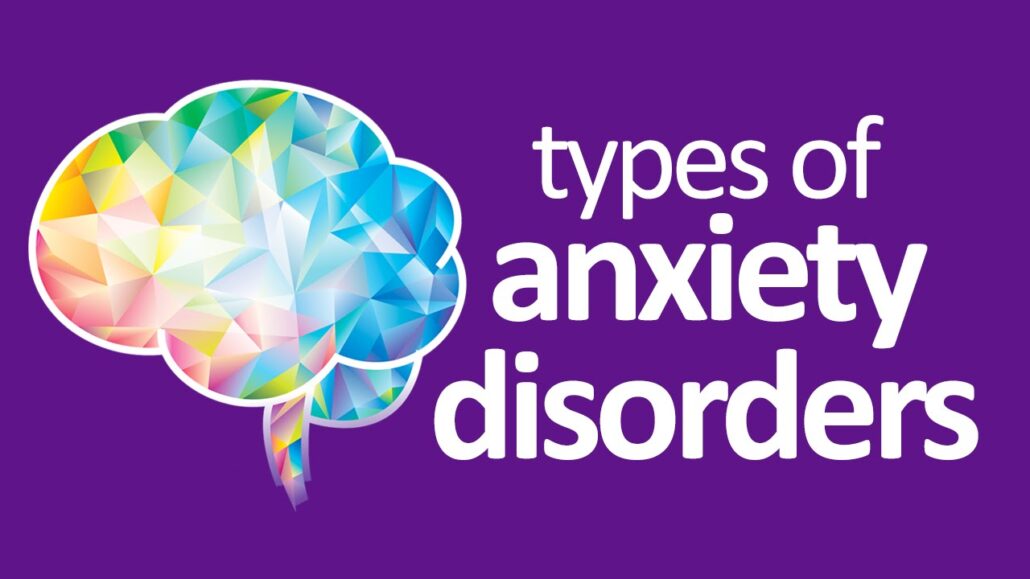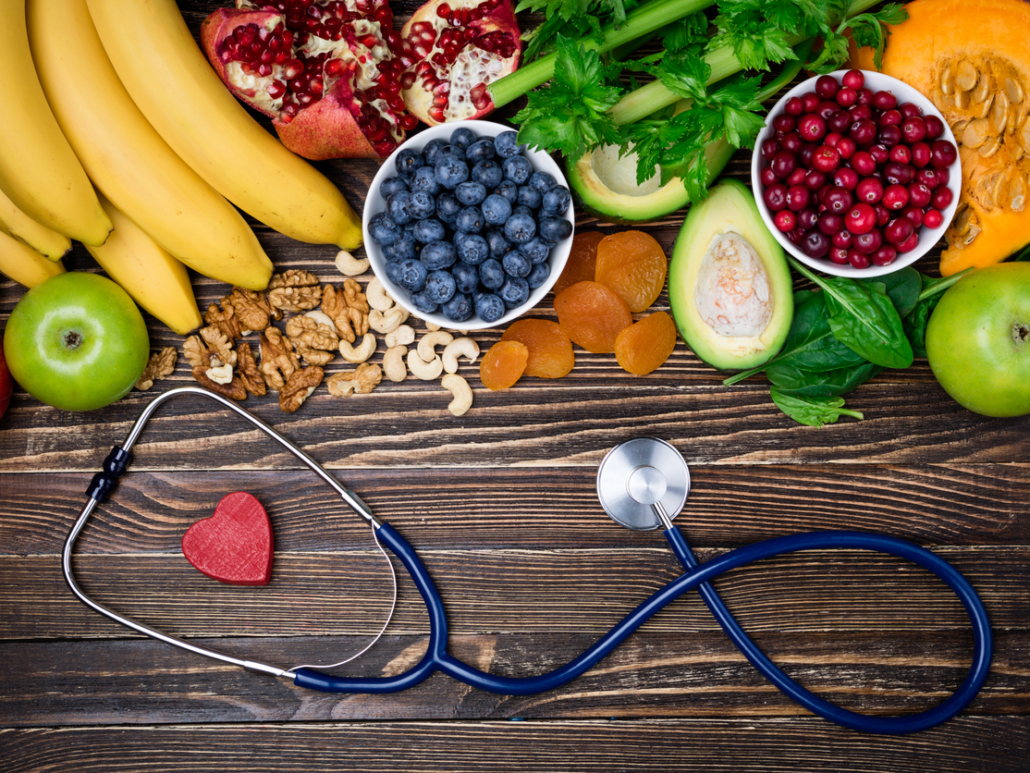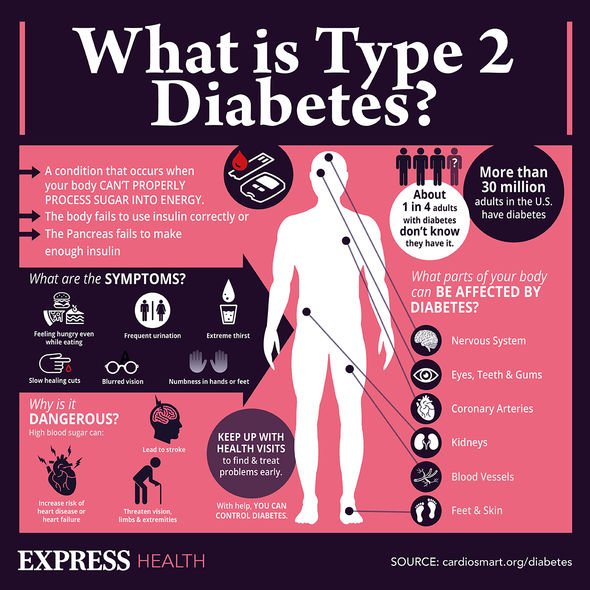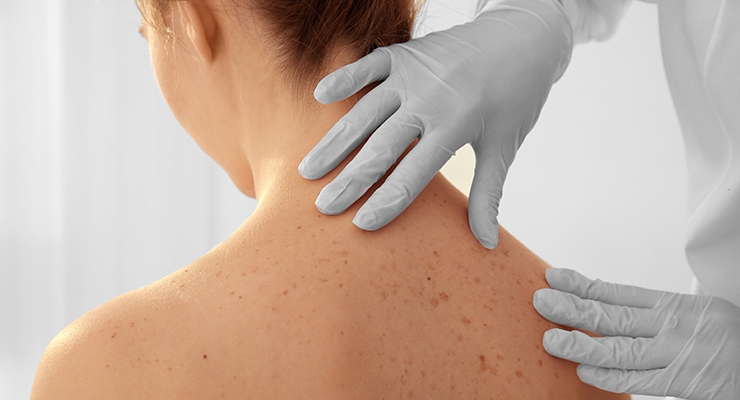Medical myths: Vegetarian and vegan diets
Following a plant-based diet is becoming increasingly popular. While this is widely regarded as a healthful choice, many myths abound. In this edition of Medical Myths, we dig into the details.
Until fairly recently, vegetarianism was generally considered a fringe lifestyle choice in the United States, and veganism even more so. Anything on the fringes of society tends to inadvertently encourage myths and misconceptions.
Also, deciding to avoid animal products sparks rage in some people. This anger manifests for a range of reasons, which are beyond the scope of this article. Suffice it to say that if a sizable group of the population is against something, conditions are ripe for myths and half-truths.
1. Plant-based diets are always healthful
In recent decades, an increasing number of studies have demonstrated links between red meat consumption and poorer health outcomes. For instance, processed and red meat intake is associated with colon cancer, obesity, heart disease, and diabetes.
This might suggest that a diet without meat is better for the body. But, just as not all meat is red, not all vegetarian or vegan diets are healthful.
To use an extreme example, if an individual only ate potato chips, they would be vegan, but certainly not brimming with vitality, energy, and health.
As with any other diet, it depends entirely on what an individual consumes.
Additionally, lean white meat and fish are not associated with the same health issues as processed and red meats.
And certain meat substitute products can be high in salt.
2. Vegetarianism guarantees weight loss
Sadly, no. As the section above makes clear, not all vegetarian and vegan diets are equally healthful. It is incredibly easy to consume thousands of calories each day without any of them being associated with animals.
The key to weight loss is a healthful diet and regular exercise, and neither requires the avoidance of animal products.
It is still worth noting, though, the evidence that following a plant-based diet is associated with weight loss. For instance, a review published in Translational Psychiatry
explains:
“We found robust evidence for short- to moderate-term beneficial effects of plant-based diets versus conventional diets on weight status, energy metabolism, and systemic inflammation.”
This finding held true for healthy participants, people with obesity, and individuals with type 2 diabetes.
To give another example, another review, published in BMJ Open Diabetes Research and Care, looked at the impact of plant-based diets on people with diabetes. Among other benefits, the authors found that these diets were associated with a “significant improvement” in weight.
3. Vegetarians and vegans cannot get enough protein
This is perhaps the most common of all the myths that we cover today. But it is still a myth. In the world of food, protein abounds.
For people who eat them, dairy products and eggs are high in protein. Vegans also have an array of options, including seitan, tofu, lentils, chickpeas, many types of bean, spelt, spirulina, quinoa, oats, wild rice, seeds, and nuts.
Even some vegetables contain protein, including spinach, asparagus, broccoli, artichokes, potatoes, peas, brussels sprouts, and sweet potatoes.
4. You can’t build muscle without meat
This myth follows on from the protein myth above. In short, the most important nutrient for building muscle is protein, which can easily be found in abundance beyond the animal kingdom.
5. Dairy is essential for strong bones
Dairy is not essential for strong bones, but calcium is. In fact, calcium is important for a number of bodily functions, including maintaining blood pressure, muscle contraction, transmitting signals along nerves, and blood clotting.
Vegans, therefore, need to ensure that they take in enough calcium from plant-based sources.
As with protein, there are plenty of places to pick up calcium, including soy-based foods, beans, lentils, peas, spinach, turnips, figs, flax, chia, sesame seeds, seaweed, and some nuts — almonds, in particular.
6. You cannot get B12 from a vegetarian diet
This is a myth. While vegans often take B12 supplements to ensure that they have adequate levels, vegetarians have a wealth of other options.
Vegetarians can derive B12 from eggs and milk products, including cheese.
Meanwhile, a range of vegan-friendly foods are fortified with B12, including some cereals, tofu, nondairy milks, and spreads.
B12: An interesting aside
Cows need B12, too, and they rely on gut bacteria to produce it.
To produce B12, gut bacteria need cobalt, which a cow normally derives from grazing. However, many cows destined to become meat only spend the beginning of their lives in pasture before being brought inside where they are fed on grain.
Because of this unnatural diet, their gut bacteria are starved of cobalt and cannot produce B12.
But the cow still needs B12 to thrive, so farmers must provide them with either cobalt or B12 supplements.
So even a staunch, dyed-in-the-wool red meat fanatic is likely to derive their B12 from supplements — but in their case, it’s via a cow.
7. Soy increases the risk of breast cancer
As it stands, there is no convincing evidence that eating soy-based foods increases the risk of breast cancer in humans.
This misunderstanding might stem from earlier studies in rodents. Scientists showed that when these animals received large amounts of soy compounds called isoflavones, they were more likely to develop breast cancer. However, humans process soy differently from rodents.
A study published in February 2020 searched for associations between soy, dairy intake, and breast cancer risk. The scientists had followed 52,795 cancer-free women in the U.S. for an average of 7.9 years.
They found no clear association between soy intake and breast cancer, but they did identify a link between dairy milk and breast cancer.
However, the full picture is, perhaps, slightly more complex. Some women use soy-based supplements as a natural alternative to hormone therapy during menopause. One large study investigated whether these supplements might be associated with breast cancer risk.
The researchers found “no association between past use of soy supplements and breast cancer.” But, they also found that taking soy supplements, for some women, might increase the risk of breast cancer, particularly for those with a family history.
Overall, as the American Cancer Society explain:
“The evidence does not point to any dangers from eating soy in people, and the health benefits appear to outweigh any potential risk. In fact, there is growing evidence that eating traditional soy foods may lower the risk of breast cancer, especially among Asian women.”
8. Pregnant people need meat and dairy
During pregnancy, it is important to take in all the nutrients that a growing baby needs. But, as we have seen along the way, plant-based foods can provide the vast majority of them.
Someone who is vegetarian or vegan may need to do a little extra planning to be sure that have enough nutrients, especially at the beginning of pregnancy.
As we mentioned above, it is important to ensure an adequate intake of vitamin B12, through supplements or fortified foods, and this is especially true during pregnancy and breastfeeding. The American Dietetic Association recommend vitamin B12 supplementation throughout pregnancy and breastfeeding for people with vegan or vegetarian diets.
As the authors of a review of research about plant-based diets during pregnancy explain, “The available evidence shows that well-planned vegetarian and vegan diets may be considered safe during pregnancy and lactation, but they require a strong awareness for a balanced intake of key nutrients.”


